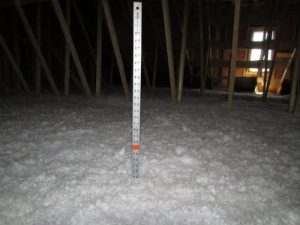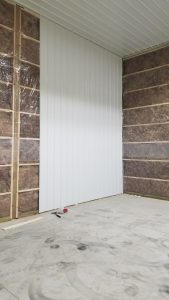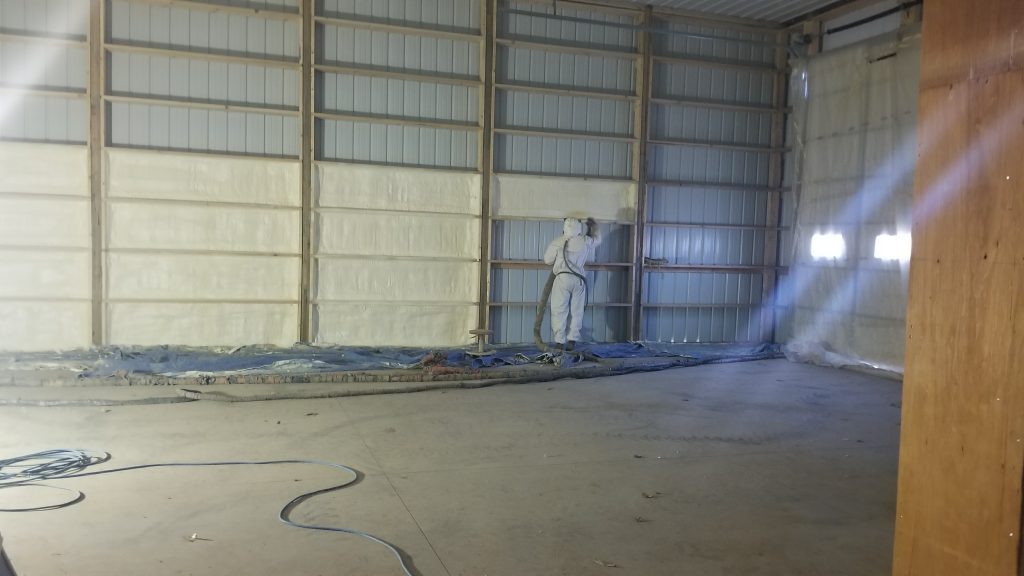Why Fiberglass Insulation Doesn’t Work
This article includes information in italics from a paper from Rastra.com, a provider of ICFs. For those interested, to read their paper in full please visit: https://www.rastra.com/docs/sales/Why_fiberglass_insulation_doesnt_work.pdf
 I have been scouring insulation, vapor barrier and building envelope sources for months now, trying to get to truthful data I can rely upon. Let me tell you – it has been a task, and there are moments when I felt blood would squirt from my eyeballs!
I have been scouring insulation, vapor barrier and building envelope sources for months now, trying to get to truthful data I can rely upon. Let me tell you – it has been a task, and there are moments when I felt blood would squirt from my eyeballs!
“Fiberglass insulation is considered the standard in new construction. Unfortunately, fiberglass has serious flaws. Some of these may surprise you.
Let’s begin with this… it’s a little known fact that fiberglass insulation loses as much as 40% of its insulating capacity when outside temperatures fall below 20 degrees F. When this happens, R-19 fiberglass insulation performs as if it were only R-9. LEED confirms through a Canadian cold weather study that fiberglass loses half its R-value below 0 F. When you need it the most fiberglass insulation cannot properly insulate.”
While fiberglass insulation may lose some small percentage of R value in cold temperatures, this Oak Ridge study is very old news and no longer is pertinent (please read more here: https://www.hansenpolebuildings.com/2021/10/blown-in-fiberglass-attic-insulation/).
Andre Omer Desjarlais at Oak Ridge Laboratories was contacted about this issue, and he said, “This was true 20 years ago but all fiberglass manufacturers have changed their products appreciably since then and this is simply no longer an issue.”
I have searched high and low and cannot find this supposed Canadian cold weather study.
“Fiberglass also performs poorly in the presence of humidity within a wall cavity higher than just 30%. In winter this leads to condensation of moisture carried in by warm air through leaks through the wall. This raises humidity levels inside the building.”
This paragraph frankly makes no sense. I am finding no studies to back up fiberglass insulation performing poorly in high humidity. Condensation in walls can by minimized or eliminated by a well-sealed interior vapor barrier and/or using a flash and batt system with appropriate ratio of R value of closed cell spray foam applied to interior of siding, compared to batt insulation. Ratios are determined based upon the Climate Zone. If using flash and batt, mechanical dehumidification is necessary as walls will dry to the inside of the building.
“Once fiberglass insulation becomes damp its performance decreases dramatically. In fact, it only takes a 1.5% increase in moisture content in fiberglass to reduce its R-value by up to 50%. When moisture is trapped in a conventional wall cavity insulated with fiberglass and sealed with a vapor barrier, insulation becomes damp and loses its ability to insulate. This also promotes mold growth and leads to structural damage.”
I love “it fact” especially when I cannot locate any research to back it up! Regardless of insulation type, just keep wall cavities dry by use of properly placed Weather Resistant Barriers between framing and siding and well-sealed interior vapor barriers/retarders (when using batt insulation and not closed cell spray foam).
“Yet another problem with fiberglass is that for it to work it must be fully expanded to allow its air pockets to perform.”
From Bruce Harley (energy efficiency expert at Conservation Services Group), “When you compress fiberglass insulation, you increase its R-value per inch, up to a pint. However, when you compress a batt of a particular thickness, the total R-value does decrease. For example, standard low-density batts at their nominal rated thickness – R-19 at six inches – have an R-value of about 3.1 per inch. If you compress a 6-inch R-9 batt into a 3-1/2 inch cavity, you get about R-14, or 4.0 per inch.”
“Lastly, fiberglass wall insulation is designed to be used in framed walls. Everywhere a framing member is placed creates a thermal break between the pieces of insulation that allows air to pass. If 2x4s are used to construct the wall anywhere a 2×4 is positioned the wall only has an R-value of R-3.5. On average 27% of a building’s exterior wall’s surface is made up of 2×4 framing members with an R-value of only R-3.5.”
Assuming 2×4 studs at 16” on center, a stick frame wall would be roughly 10% not 27% (27% would take studs under six inches on center). In post frame construction with 2×8 bookshelf girts 24” on center, on a 10’ tall wall only 5% of wood members contact both interior and exterior surfaces, with 2×8 girts having an R-8.7 (per Green Building Advisor). Balance of the cavity could be filled with R-22 of fiberglass or R-30 Rockwool.
Calculating assembly R-values from ASHRAE:
Weather Resistant Barrier = .17
Interior Air Barrier = .68
½” gypsum board = 0.45
((1/22) x (.95)) + ((1/8.7 x (.05)) = .0489 = 1/.0489 = R20.4 + 1.3 = R-21.7 with fiberglass
((1/30) x (.95)) + ((1/8.7 x (.05)) = .0374 = 1/.0374 = R26.7 + 1.3 = R-28 with Rockwool
Moral of this story, fiberglass does work, however it may not be your best design solution.
 One possible design solution involves what is known as “flash-and-batt” where two inches of closed cell spray foam insulation is applied to steel siding interior surface between barn style wall girts, then balance of insulation cavity is fitted with fiberglass batts.
One possible design solution involves what is known as “flash-and-batt” where two inches of closed cell spray foam insulation is applied to steel siding interior surface between barn style wall girts, then balance of insulation cavity is fitted with fiberglass batts.






